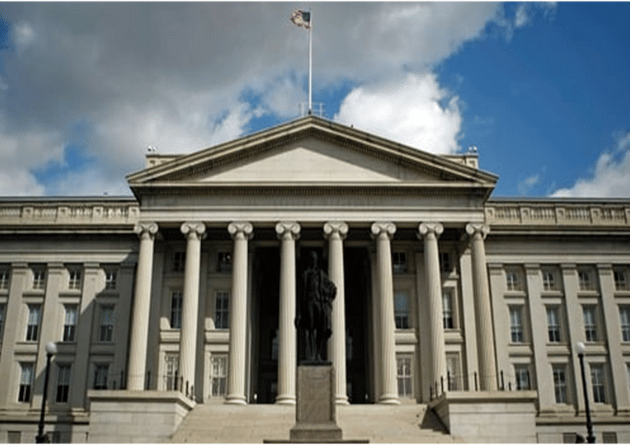Long-term Risks of the Debt Ceiling Undermining US Credit Worthiness

- rabeelrana
- No Comments
Debt ceiling crisis leads to instability in the financial system. The federal government has experienced stages of debt repayment hardship as a result of recurrent debt limit crises, and it now depends on last-minute congressional action to secure debt repayment in full and on time. Furthermore, a technical default in 1979 refutes the idea that debt-ceiling disputes always end amicably.
The non-negligible chance of temporary debt non-repayment during particular and severe debt-limit incidents creates a unique vulnerability within the highly rated sovereign peer group of the United States. The market’s fears about the result of the ongoing debt-ceiling negotiations are highlighted by positioning at the front end of the Treasury curve for the time period encompassing a potential early June X-date, or the day when extraordinary measures are exhausted. From -133bp on average in 2022, the difference between one-month and five-year Treasuries is still close to a record high of roughly 235bp. A multi-decade peak was reached in the price of insurance against US sovereign default: one-year credit default swap spreads are now over 150 bps, up from 14 bps at the beginning of 2023 and above levels from the debt-ceiling crisis of 2011.
Any scenario where the X-date is exceeded increases the likelihood of technical default, even though such a default would not be our baseline. Short-term inability to pay could be avoided with the use of a backup plan. Payment delays to organizations, vendors, Social Security recipients, and Medicare providers were included in a never-used contingency plan that was created in 2011. But each of these novel actions has real repercussions and might be contested legally or constitutionally. The US legislature should either abolish the debt ceiling entirely or alter it, according to Treasury Secretary Janet Yellen.
Beyond the debt ceiling, a number of other variables also threaten the US’s credit standing. As the Federal Reserve finishes its cycle of rate tightening, threats to the economy and banking system, relatively high levels of government debt, the economic and budgetary repercussions of an ageing population, and vulnerabilities in the external sector are among the challenges. Reduced liquidity in the Treasury market is also reflected in risks to financial stability. Since several regional banks failed this year, vulnerabilities have been exposed. Financial-stability risk is anticipated to remain a theme in the upcoming years, despite the fact that prompt and smart intervention by authorities stopped the crisis from spreading to other parts of the financial system.
Furthermore, US government debt ratio might rise gradually because US Treasury bonds have a moderate 6.1-year average term, the yearly government gross financing requirements—which are 32% of GDP this year before averaging 28% from 2024 to 2028—are significant. As debt increases from 121.7% in 2022 to around 122.2% this year and to 135% by 2028, the declining US general government debt-to-GDP ratio is anticipated to reverse course this year. Long-term benefits of sustained economic expansion and greater inflation are outweighed by persistent deficits.
